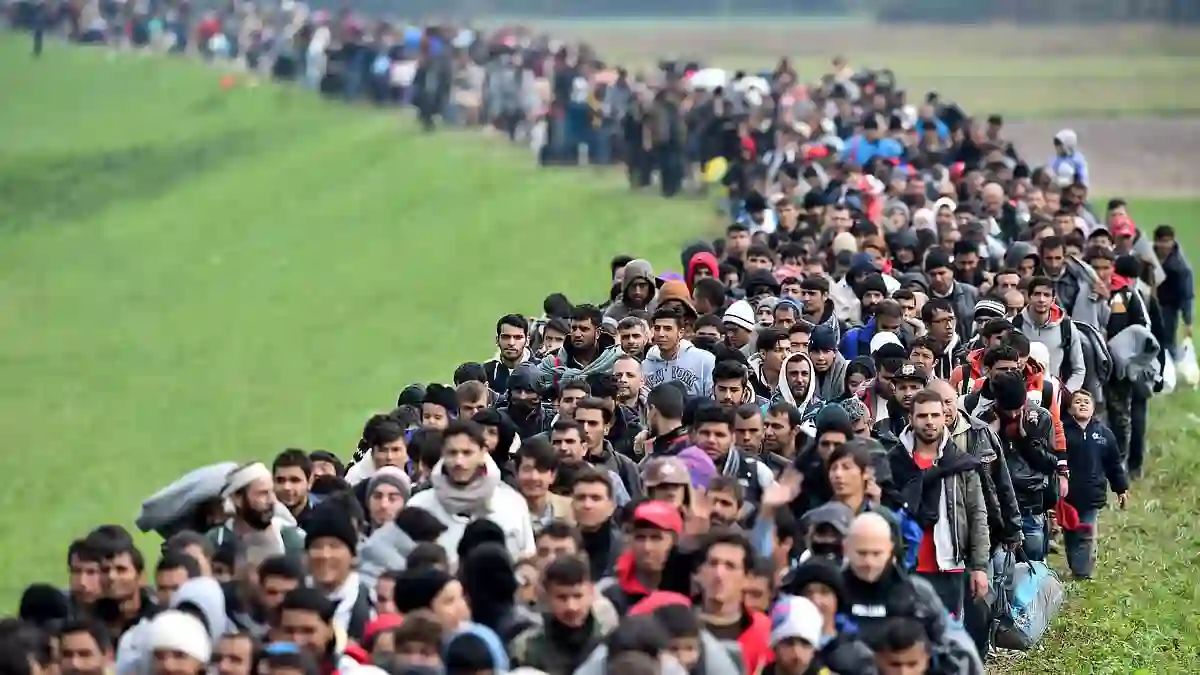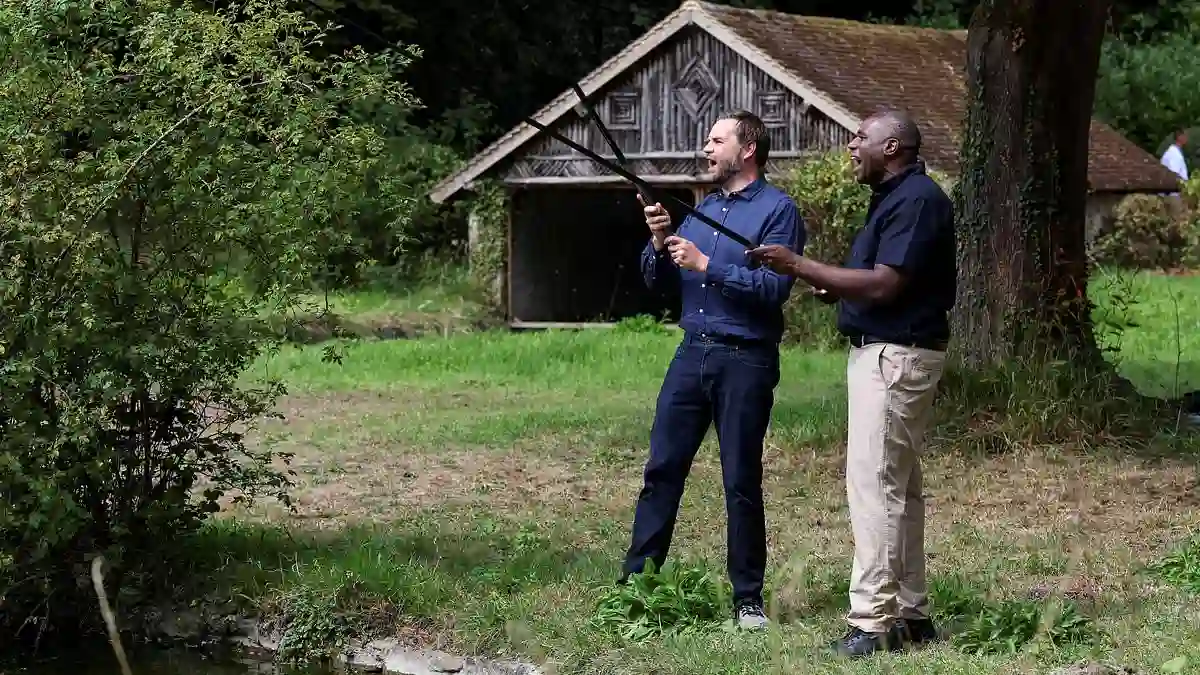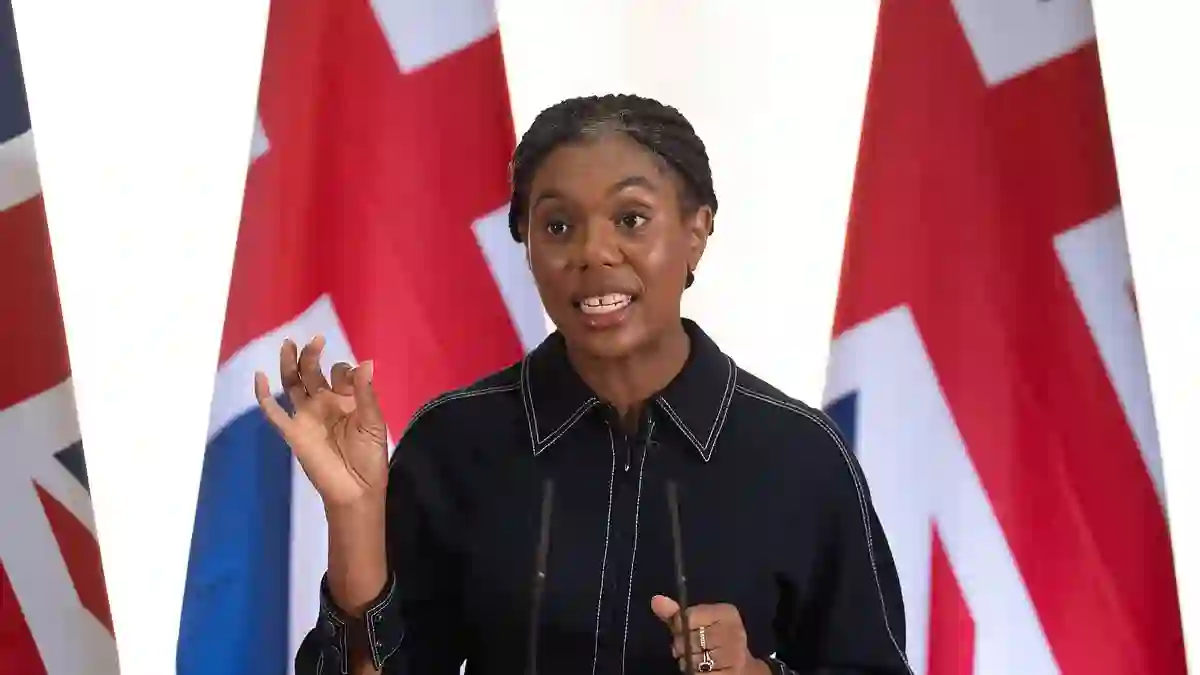Ten years ago, Germany was a nation opening its arms to the world.
Streets in Berlin were decorated with balloons, tabloid headlines shouted “Refugees Welcome,” and warehouses overflowed with donations of food, clothing, and toys for the flood of newcomers.
Camp beds filled sports halls, and ordinary citizens — from housewives to students — volunteered to help, motivated by a sense of duty and the memory of Germany’s dark past.
What started as a humanitarian gesture soon grew into a migration wave that would reshape Europe forever.
Merkel’s Historic Decision Sparks an Unprecedented Movement
On August 25, 2015, Germany’s immigration ministry announced that Syrians fleeing civil war would be allowed in with minimal checks.
Just days later, Chancellor Angela Merkel’s now-famous words “Wir schaffen das” — “We can do it” — encouraged people from across the world to head to Germany.
The results were immediate and enormous: trains carried thousands of refugees, not only from Syria but from across Africa, the Middle East, and the Balkans.
Towns like Giessen saw entire families from Pakistan resettled in large homes, while Roma migrants played music in city squares to earn money.
The continent watched as Germany became the epicenter of a massive, uncontrolled migration flow.
Frontline Experiences of Migrants Arriving in Europe
As the crisis unfolded, I had a front-row view. In Berlin, I met young men from Damascus, dreaming of starting new lives as engineers.
I followed the trains as they carried people to towns across Germany, with migrants from diverse backgrounds joining the movement — some fleeing war, others seeking economic opportunity.
In Sweden, youth hostels accommodated teenage boys from Iraq, who even accessed state bank cards for spending money.
In Italy, migrants rescued from traffickers’ boats were greeted with applause and national anthems, while Spanish coastguards scrambled to manage arrivals along the Costa Blanca.
On Greek islands, Syrian youths and families from Turkey mixed with Somalian travelers, creating tension and cultural clashes in the crowded refugee shelters.
Challenges and Reactions Along the Migrant Route
The journey through Europe was anything but smooth.
In Zagreb, some migrants pinned pictures of Merkel to trees, while Slovenian riot police tried, and ultimately struggled, to contain the waves of people marching toward Germany.
Reports at the time suggested only a fifth of those at the borders were genuine Syrian refugees, with many falsifying nationalities to gain access.
A tweet from Germany’s Office of Migration, intended to clarify that Syrians would be welcomed, was misread as an open invitation for anyone anywhere to head to Germany.
The message spread like wildfire across social media, intensifying the crisis.
Political and Social Consequences
Merkel’s decision came at a heavy political and social cost. She faced protests and violent reactions, such as in Heidenau, Saxony, where locals, influenced by far-right activists, threw smoke bombs and shouted racist slogans at newly arrived refugees.
Merkel’s personal visit was met with boos and anger, highlighting the deep divisions her policy had stirred.
Meanwhile, concerns grew within the EU, as ministers debated who should be allowed in and how to manage the influx.
Some warned of “refugee tourism,” while others criticized Merkel for underestimating the scale of migration she had unleashed.
The Human Toll and Personal Stories
Amid the chaos, personal stories revealed the complexities of the crisis.
Mohammad Abaan, a young Syrian in Berlin, warned that many migrants were pretending to be Syrians, exaggerating the scale of the challenge.
In shelters, cultural and economic tensions played out daily, from complaints about food to disputes over accommodations.
At the same time, volunteers and humanitarian workers strove to manage the influx, offering aid and guidance to thousands of people fleeing conflict and hardship.
Legacy of Merkel’s Migration Policy
Ten years on, the consequences of Merkel’s decisions remain visible across Europe.
Political shifts, such as the rise of Alternative for Germany (AfD) from a tiny fringe party to a significant force, reflect public concerns about immigration and integration.
Germany continues to grapple with the social, economic, and cultural impacts of the unprecedented migration wave, while the broader EU faces ongoing challenges in managing borders and refugee flows.
Merkel herself has remained largely silent on the issue in retirement, leaving governments and citizens across Europe to contend with the long-term legacy of her 2015 choices.
Reflection on History and Responsibility
Looking back, it’s clear that Merkel’s promise of “We can do it” was as much a moral statement as a political gamble.
Her decision showcased humanitarian ideals, but it also triggered a cascade of unintended consequences that reshaped the continent.
From Berlin to Heidenau, from Kos to Malmo, the journey of millions of migrants continues to reverberate through Europe, challenging the continent to balance compassion with practical realities.



